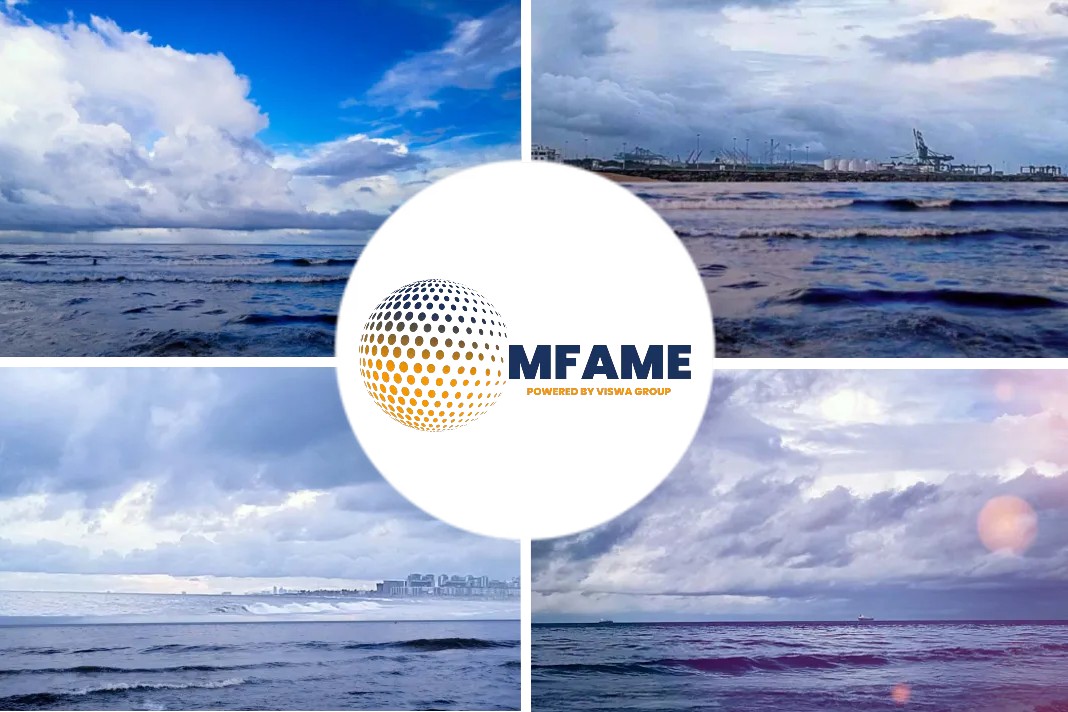- Twenty newly built container vessels in the size ranging from feeder segment 2,300 TEU to 15,100 TEU have been selected to be equipped with MACS3.
- Yang Ming Marine Transportation Corporation, China Navigation and Eastern Pacific install SEALASH and TROP modules in their vessels.
- Increasing cargo accidents call for innovations to optimize safety, utilization and fuel consumption.
Based on a partnership between Navis and major ship owners, Navis’ loading computers will be installed on 20 container vessel newbuildings, reports Maritime Logistics Professional.
Maritime software solution
Navis, the leading provider of maritime software solutions for efficient and compliant cargo and vessel performance, has announced that it has been selected as a partner for liner operator, Yang Ming and ship owner and ship manager China Navigation and Eastern Pacific.
Through this partnership, Navis’ loading computers will be installed on 20 container vessel newbuildings, a third of the projected global TEU capacity of container vessels with delivery in 2019.
Integrated modules
In addition to the basic container vessel module, MACS3, the industry standard for container vessels, has been ordered with additional integrated modules including Dangerous Goods (DG), SEALASH and TROP, emphasizing the segregation and stowage of dangerous goods in compliance with the IMDG code, updates of latest cargo securing regulations and trim optimization.
Yang Ming Marine Transportation Corporation
Yang Ming Marine Transportation Corporation is currently ranked at number eight of Alphaliner’s top 100 container vessel liner operators and servicing a fleet of more than 100 container vessels.
The liner runs a new building program at Taiwan-based CSBC Corporation shipyard comprising ten 2,800 TEU container vessels.
SEALASH module
The new buildings, with the hull number 1113-1122, will be delivered between January 2020 and February 2021, equipped with the loading computer with integrated SEALASH module by Navis.
MACS3 is currently the only loading computer on the market covering cargo-securing regulations from all major classification societies including American Bureau of Shipping (ABS), DNV GL and China Corporation Register Taiwan and Bureau Veritas (BV).
Using the class-approved lashing engine integrated in MACS3 will enable Yang Ming to increase safety and container intake as well as cargo efficiency.
China Navigation
Singapore-based China Navigation, the deep-sea shipowner and operating unit of Swire Group, will implement its four 2,350 TEU container vessels and the four 2,750 TEU container vessels currently being built at Guangzhou Wenchong Shipyard, China, with MACS3 loading computer.
TROP optimization module
By choosing MACS3 trim optimization module TROP, China Navigation who operates a fleet of more than 70 vessels is executing on its vision of being the leading provider of sustainable shipping solutions.
Two of the newbuildings will be delivered during 2019 and the remaining six are expected to be commissioned by the year 2020.
Additionally, Singapore-based ship manager Eastern Pacific Shipping will install MACS3 loading computer on board of two 15,100 TEU container vessels currently under construction at Hyundai Samho Heavy Industry, South Korea.
Eastern Pacific ship management services
Eastern Pacific’s ship management services emphasize the safety of the ship and cargo, therefore, MACS3 will go onboard to control the vessel’s stability and strength as well as the compliancy with IMDG stowage and segregation rules.
The software will be delivered with the integrated lashing module SEALASH approved by Lloyd’s Register according to latest BoxMax class notation.
Compliance with safety regulations
Selke Eichler, Director of Global Customer Support at Navis, said that with respect to increasing cargo accidents, rising fuel prices and growing call for cutting greenhouse gas emissions ship operators look for tools to ensure not only compliance with safety regulations.
He added that innovative tools should for the crew to optimize safety, utilization and fuel consumption, all integrated from one source.
MACS3
Established in 1984, MACS3 has a cumulative vessel profile library of more than 5,000 vessel descriptions of various vessel types, amongst them container vessels, bulk carriers, multipurpose vessels, tanker vessels and passenger vessels.
In the segment of container vessels, MACS3 holds a share of approximately 65 percent. MACS3 has been deployed for training of future nautical officers by maritime colleges and universities worldwide.
Did you subscribe to our daily newsletter?
It’s Free! Click here to Subscribe!
Source: Maritime Professional
















